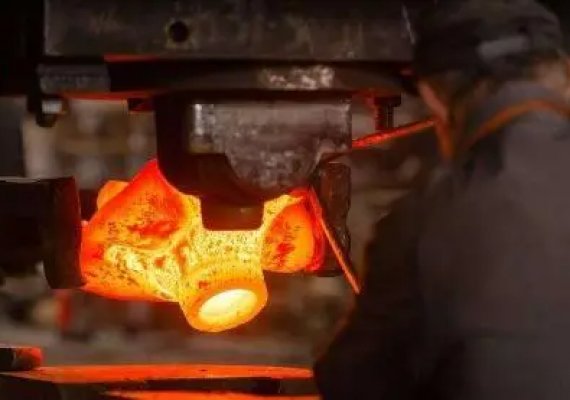Generally, forging is mainly classified according to the forming method and the deformation temperature. According to the classification of forming methods, forging can be divided into free forging, die forging, cold heading, radial forging, roll forging, rotary forging, and rolling. The deformation of the billet under pressure is basically not restricted by the outside, it is called free forging, also called open forging; the deformation of the billet in other forging methods is restricted by the die, which is called closed mode forging. Roll forging, rotary forging, rolling, and other forming tools have relative rotational movement with the blank, which pressurizes and shapes the blank point by point and involute, so it is also called rotary forging.

According to the moving mode of the blank, forging can be divided into free forging, upsetting, extrusion, die forging, closed die forging, and closed upsetting. The closed die forging and closed upsetting have high material utilization rates because there is no flash. It is possible to complete the finishing of complex forgings with one process or several processes. Because there is no flash, the force-bearing area of the forging is reduced, and the required load is also reduced. However, it should be noted that the blanks cannot be completely restricted. For this reason, the volume of the blanks should be strictly controlled, the relative position of the forging dies and the measurement of the forgings should be controlled, and efforts should be made to reduce the wear of the forging dies. According to the movement mode of the forging die, forging can be divided into swing rolling, swing swivel forging, roll forging, cross wedge rolling, ring rolling, and cross rolling. Pendulum rolling, pendulum rotary forging, and ring rolling can also be processed by precision forging. In order to improve the utilization of materials, roll forging and cross wedge rolling can be used as the pre-process processing of slender materials. Rotary forging, which is the same as free forging, is also partially formed. Its advantage is that compared with the size of the forging, it can be formed even when the forging force is small. In this forging method, including free forging, the material expands from the vicinity of the die surface to the free surface during processing, so it is difficult to ensure accuracy. Therefore, the movement direction of the forging die and the rotary forging process can be controlled by a computer. The forging force obtains products with complex shapes and high precision. For example, forgings such as steam turbine blades with a wide variety of large sizes are produced.
Deformation temperature forging can be divided into hot forging, cold forging, warm forging, and isothermal forging. Hot forging is forging performed above the metal recrystallization temperature. Increasing the temperature can improve the plasticity of the metal, which is beneficial to improve the internal quality of the workpiece and make it difficult to crack. High temperature can also reduce the deformation resistance of metal and reduce the tonnage of forging machinery required. However, there are many hot forging processes, the precision of the workpiece is poor, the surface is not smooth, and the forging is prone to oxidation, decarburization, and burning. Cold forging is forging performed at a temperature lower than the recrystallization temperature of the metal. Generally speaking, cold forging refers to forging at room temperature. Forging at a temperature higher than room temperature and not exceeding the recrystallization temperature is called warm forging. . The precision of warm forging is higher, the surface is smoother and the deformation resistance is not great. The workpiece formed by cold forging at room temperature has high shape and size accuracy, a smooth surface, few processing procedures, and is convenient for automated production.
Like this page? Share it with your friends!



